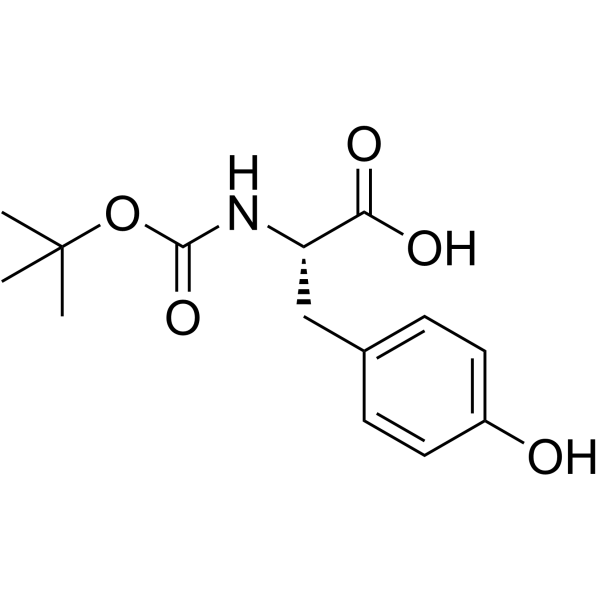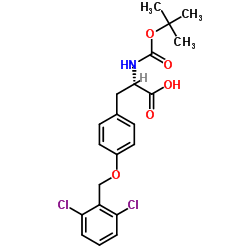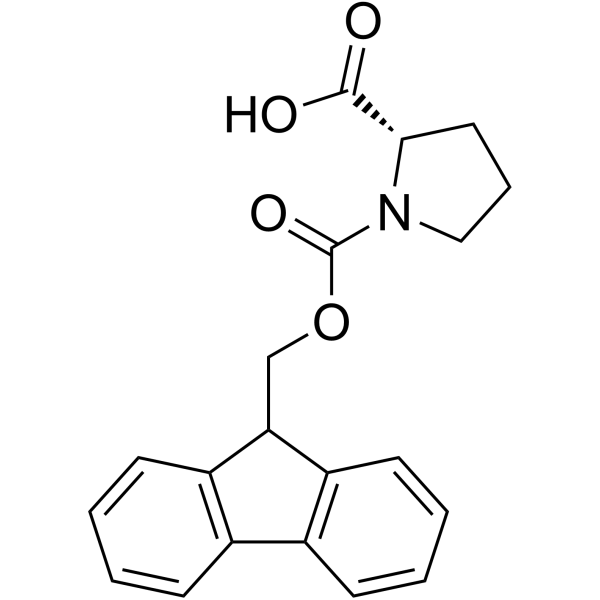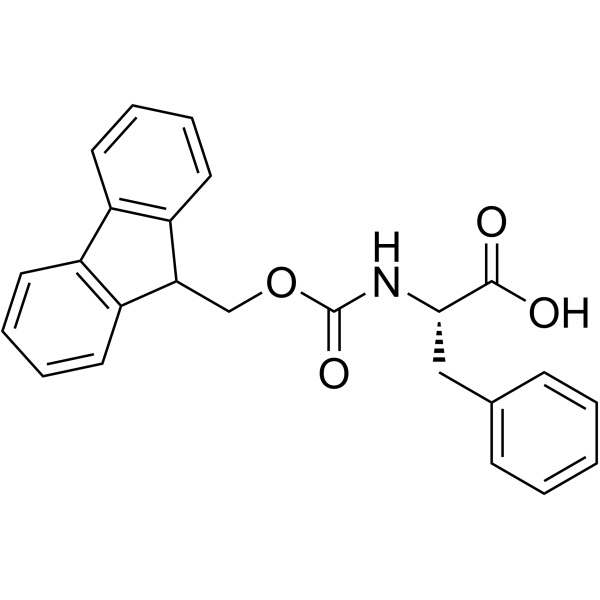Endomorphin-2

Endomorphin-2 structure
|
Common Name | Endomorphin-2 | ||
|---|---|---|---|---|
| CAS Number | 141801-26-5 | Molecular Weight | 571.66700 | |
| Density | 1.292g/cm3 | Boiling Point | 972.4ºC at 760mmHg | |
| Molecular Formula | C32H37N5O5 | Melting Point | 130-131℃ | |
| MSDS | Chinese USA | Flash Point | 541.9ºC | |
Use of Endomorphin-2Endomorphin 2, a high affinity, highly selective agonist of the μ-opioid receptor, displays reasonable affinities for kappa3 binding sites, with Ki value between 20 and 30 nM. |
| Name | Endomorphin 2 |
|---|---|
| Synonym | More Synonyms |
| Description | Endomorphin 2, a high affinity, highly selective agonist of the μ-opioid receptor, displays reasonable affinities for kappa3 binding sites, with Ki value between 20 and 30 nM. |
|---|---|
| Related Catalog | |
| Target |
Ki: 20-30 nM (kappa3 opioid receptor)[1] |
| In Vitro | Endomorphin 2 is an endogenous opioid peptide and one of the two Endomorphins. It is a high affinity, highly selective agonist of the μ-opioid receptor, and along with Endomorphin 1 (EM-2). The two Endomorphins display reasonable affinities for kappa3 binding sites, with Ki values between 20 and 30 nM. Endomorphin 1 and Endomorphin 2 compete both μ1 and μ2 receptor sites quite potently. Endomorphins have little appreciable affinity for either delta or kappa1 binding sites, with Ki values greater than 500 nM[1]. |
| In Vivo | Both Endomorphin 1 and Endomorphin 2 are potent analgesics with peak effects seen at 10 and 15 min, respectively. All subsequent studies are performed at peak effect. Both compounds are fully active supraspinally and spinally, with no indication of ceiling effects. Endomorphin 1 is significantly more potent spinally than supraspinally and, at the spinal level, it is significantly more potent than Endomorphin 2. The response of both agents are readily reversed by naloxone. β-FNA, a highly selective μ antagonist, effectively reverses the actions of both Endomorphins. Both Endomorphin 1 and Endomorphin 2 display a profile similar to morphine. Neither compound have analgesic activity in CXBK mice at a dose which produced over 70% analgesia in control CD-1 mice[1]. |
| Kinase Assay | 125I-Endomorphin 1 or 125I-Endomorphin 2 binding (0.2 nM) is performed in potassium phosphate buffer (50 mM, pH 7.4; 0.5 mL) with MgCl2 (5 mM) at a tissue concentration of 10 mg wet weight/mL for brains or 0.06 mg protein/mL for MOR-1/CHO cells. Specific binding is determined in the presence and absence of either 1 μM of the corresponding unlabeled peptide. The entire mixture is then incubated at 25°C for 1 hr and filtered over no. 32 glass fiber filters which have been presoaked for 1 hr in 0.5% polyethylenimine and washed twice with ice cold Tris buffer using a Brandel cell harvester. The filters are then counted on a Packard Cobra gamma counter. The other opioid receptor binding assays are performed[1] . |
| Animal Admin | Mice[1] Groups of mice are treated i.c.v. with Endomorphin 1 (12 μg) or Endomorphin 2 (3 μg) 15 min before a 0.5-cc charcoal meal (2.5% gum tragacanth,10% activated charcoal in water). The mice are killed 30 min later and the distance the charcoal traveled is measured. |
| References |
| Density | 1.292g/cm3 |
|---|---|
| Boiling Point | 972.4ºC at 760mmHg |
| Melting Point | 130-131℃ |
| Molecular Formula | C32H37N5O5 |
| Molecular Weight | 571.66700 |
| Flash Point | 541.9ºC |
| Exact Mass | 571.27900 |
| PSA | 167.85000 |
| LogP | 3.31360 |
| Vapour Pressure | 0mmHg at 25°C |
| Index of Refraction | 1.632 |
| Storage condition | −20°C |
| Personal Protective Equipment | Eyeshields;Gloves;type N95 (US);type P1 (EN143) respirator filter |
|---|---|
| RIDADR | NONH for all modes of transport |
| WGK Germany | 3 |
|
Design, synthesis, pharmacological evaluation, and structure-activity study of novel endomorphin analogues with multiple structural modifications.
J. Med. Chem. 54 , 1462-72, (2011) This study reports on new proteolytically stable, pharmacologically active endomorphin analogues, incorporating Dmt(1), Achc(2), pFPhe(4), or βMePhe(4) unnatural amino acids. Consistent with earlier r... |
|
|
Discovery of dipeptides with high affinity to the specific binding site for substance P1-7.
J. Med. Chem. 53 , 2383-9, (2010) Substance P 1-7 (SP(1-7), H-Arg-Pro-Lys-Pro-Gln-Gln-Phe-OH) is the major bioactive metabolite of substance P. The interest in this heptapeptide originates from the observation that it modulates, and i... |
|
|
Comparison of the in vitro apparent permeability and stability of opioid mimetic compounds with that of the native peptide.
Bioorg. Med. Chem. Lett. 17 , 2043-6, (2007) Three dimethyl-L-tyrosine (Dmt) based peptide analogues were identified in a previous study as excellent agonists for the mu-opioid receptor showing very low K(i) values and good in vivo antinocicepti... |
| MFCD01321064 |
| (2S)-1-[(2S)-2-amino-3-(4-hydroxyphenyl)propanoyl]-N-[(2S)-1-[[(2S)-1-amino-1-oxo-3-phenylpropan-2-yl]amino]-1-oxo-3-phenylpropan-2-yl]pyrrolidine-2-carboxamide |
| H-Tyr-Pro-Phe-Phe-NH2 |
| TYR-PRO-PHE-PHE-NH2 |
| Tetrapeptide-15 |
| Endomorphin-2 |



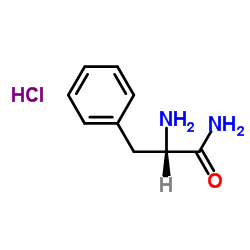
![tert-butyl N-[(2S)-1-[[(2S)-1-amino-1-oxo-3-phenylpropan-2-yl]amino]-1-oxo-3-phenylpropan-2-yl]carbamate structure](https://image.chemsrc.com/caspic/170/33900-18-4.png)


